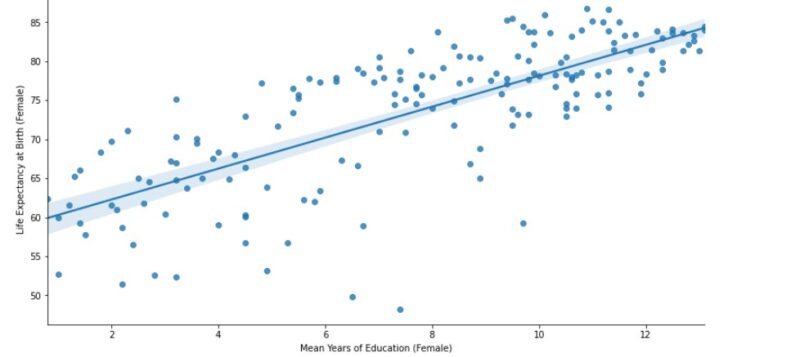Data Analytics and Data Visualization in the Social and Behavioral Sciences
M W 11:00am – 12:15pm, 3607 James Hall
I recommend that you use one of the cloud storage services for your work in the course this semester. You can post URLs to your work on your cloud account on the course site, and email them to me, which will make it easier to keep track of everything. There are many options for free cloud accounts, including: Dropbox, Box, and Google Drive. Microsoft and Apple also have cloud storage services.
Sociology Department Goals Addressed by This Course:
• Critical thinking skills by becoming familiar with the scientific methods by which sociologists investigate the organizational structure and dynamics of society.
Learning Objectives of This Course:
By the end of the semester, students will be able to:
A. Use critical thinking skills in data analysis with data from their major field;
B. Understand the role of visualization in the analysis of data, particularly in finding relationships in very large or complex data sets;
C. Understand how statistical inference and data visualization complement one another;
D. Learn to use R or Python for data analysis;
E. Learn to use Tableau to create visualizations in their field of major study;
F. Understand different types of data, including the basic steps of maintaining a data set;
G. Understand best principles of data visualization design to maximize understanding of data;
H. Build interactive data dashboards;
I. Complete a team-based final project on data visualization of a large dataset from students’ field of major;
J. Understand the ethics of data visualization and data analytics;
K. Present data visualization work and demonstrate understanding of appropriate data contexts.
Learning Outcomes of This Course:
1. Understand and appreciate the context of and purposes for data analysis and visualization in real world settings (objectives A, B, C, F, G, J)
2. Develop professional skills related to data analytics (objectives D, E, H)
3. Create a portfolio of relevant data visualization activities that could be used for applying for internships or employment (objectives I, K)
Method of Evaluation:
The course will be hands-on and applied, with datasets and descriptions of the role of data analytics from sectors where our students seek employment. To give students field-based exposure to job sites, student teams will visit and interview program Advisory Council members in their workplaces and then do a career presentation to the class as part of their grade. One component of the informational interview will be a discussion of how core data analytics skills will position a student for employment.
Weekly assignments……40
Project proposal……..10
Team project…………40
Presentation…………10
Total………………100
Method of Assessment:
Weekly assignments will be done individually and will include short essay questions about the reading assignments and exercises in data analysis and visualization using the tools included in the course (Tableau and Python). Best 10 of 11 assignments will be counted toward the total. Weekly assignments will be the means by which learning objectives A through F and J will be assessed. Four point rubric will be employed: 4, excellent; 3, very good; 2, good; 1, fair.
Because the course will have an applied orientation, the interview with Advisory Board members and the client presentation will give the students an opportunity to demonstrate understanding of the contexts of real world data analysis and visualization, learning goals F and G.
The team project will involve the creation of a data dashboard using the tools included in the course (Tableau or Python) related to a meaningful social science question created by the team and that draws on real world data. This assignment will be the means by which learning objectives G through I will be assessed.
The presentation will draw on the team project within the parameters of an appropriate professional setting (employment or academic). This will be the means by which learning objective K will be assessed.
Students will demonstrate that they are meeting the course learning objectives by:
I. Attending class and participating in the discussions and activities;
II. Participating in weekly assignments that cumulatively build data analytics skill sets (Tableau and programming);
III. Completing the team project with real world data;
IV. Presenting their work to their colleagues according to relevant professional norms.


